Inside the tiny Dh2 million station that monitors air pollution, ensures workers' safety
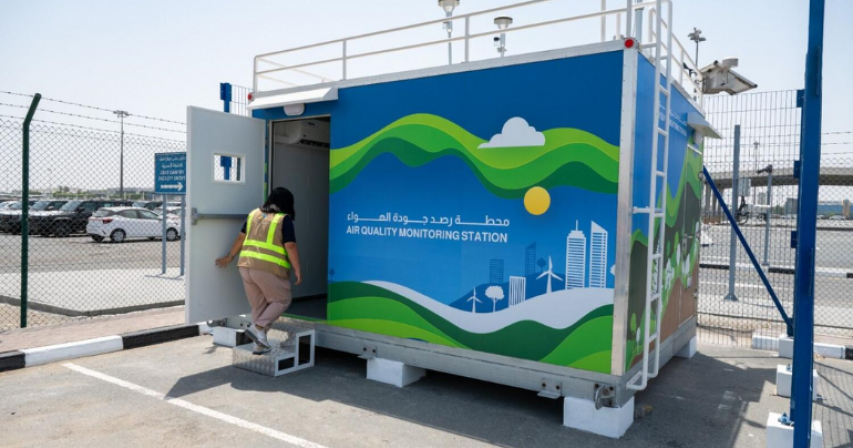
A Hidden Gem in Jebel Ali
Nestled in the industrial hub of Jebel Ali, surrounded by massive factories, lies a modest yet powerful structure: an air quality monitoring station. Despite its small size, this facility plays a crucial role in measuring 101 types of air pollutants, as well as recording temperature, humidity, wind direction, and more.
Unveiled on June 5, coinciding with World Environment Day, this Dh2 million facility is dedicated to ensuring the health and safety of workers in the area.
Purpose and Function
“Given the concentration of factories in Jebel Ali, we aim to ensure that air quality remains unaffected by pollutants,” stated Salem AlHammadi, Director of Environment, Health, and Safety at the Department of Planning and Development, Trakhees. “By continuously monitoring harmful pollutants, we can safeguard both residents and workers in the vicinity.”
The station operates round-the-clock, analyzing air quality every second and transmitting the data to a team of experts at the Ports, Customs, and Free Zone Corporation.
Inside the Facility
The facility operates through a sophisticated system. A pipe collects air from outside, which is then divided into seven streams, each fed into different sensors designed to measure various pollutants.
Eleven sensors are aligned on one side of the room, with two dedicated to detecting 90 pollutants, while the remaining nine measure an additional 11 parameters. Some sensors require flames, while others need air and water to function optimally.
One sensor is dedicated to fine dust particles, and another monitors larger dust particles. “These dust sensors help us anticipate and study dust storms, determining their causes and origins,” explained Moodhi Ali Rasheed, Senior Officer of Environment, Public Health, and Safety at Trakhees. “This allows us to investigate whether a sandstorm is a natural occurrence or the result of industrial activities.”
Real-Time Monitoring
In another corner of the center, a computer displays real-time data in graphical and numerical formats, showing pollutant levels every second and in five-second intervals. “This system provides a detailed view of the chemical composition of the air, offering insights into air quality at any given moment,” added Ali Rasheed.
Enhancing Quality of Life
The air quality monitoring station aligns with the Dubai Quality of Life Strategy 2033, part of broader initiatives led by Sheikh Hamdan bin Mohammed bin Rashid Al Maktoum, the Crown Prince of Dubai, to enhance the overall quality of life in the emirate.
AlHammadi emphasized the significance of accurate air quality data for developing local and national environmental policies. “The data collected from this station is vital for assessing the environmental impact of industrial activities and ensuring compliance with environmental standards,” he noted. “It helps determine necessary measures to minimize this impact and uphold environmental safety.”
Conclusion
As Dubai continues to grow and industrialize, maintaining air quality is paramount. The Dh2 million air quality monitoring station in Jebel Ali is a testament to the emirate’s commitment to environmental health and worker safety. By providing continuous, accurate data, this facility plays a key role in shaping policies that protect the environment and improve the quality of life for everyone in the region.
By: Sahiba Suri
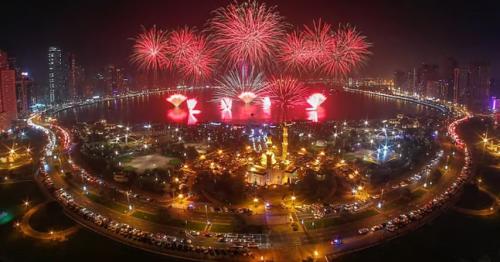
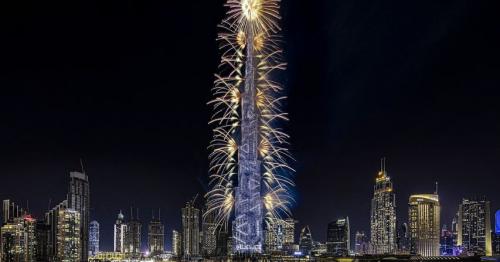
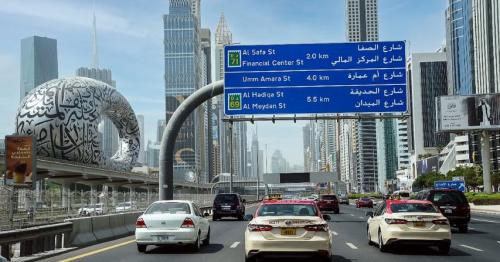
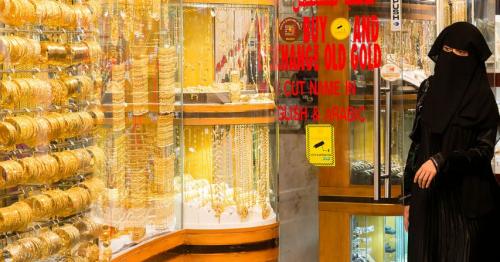

Comments